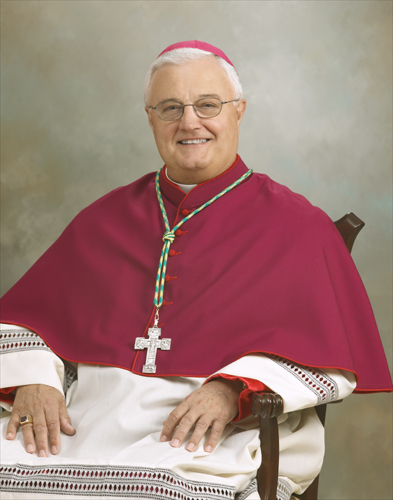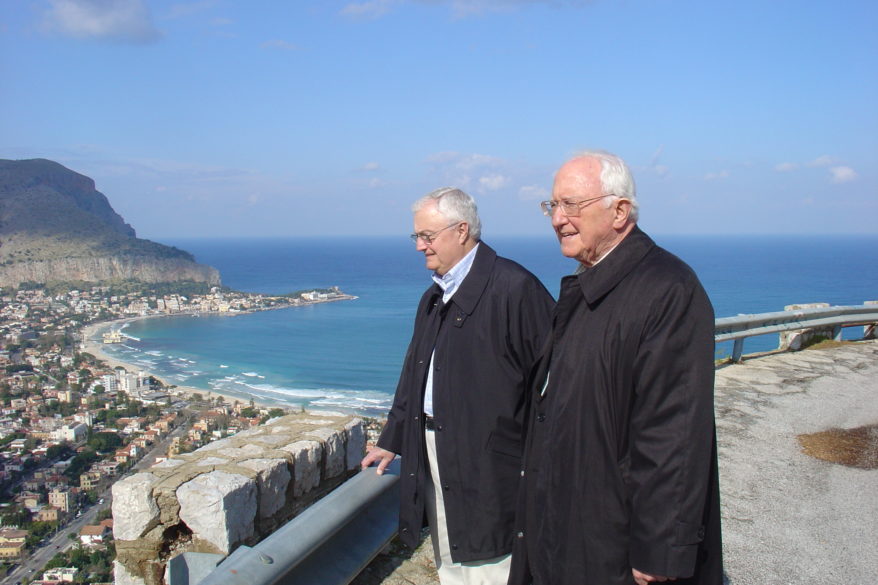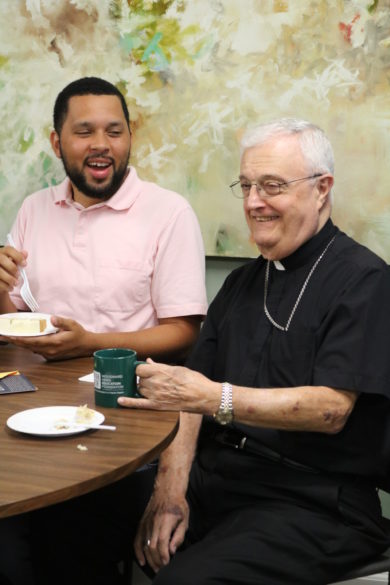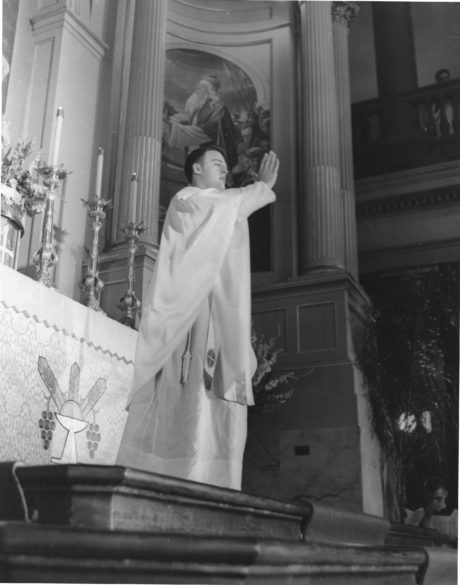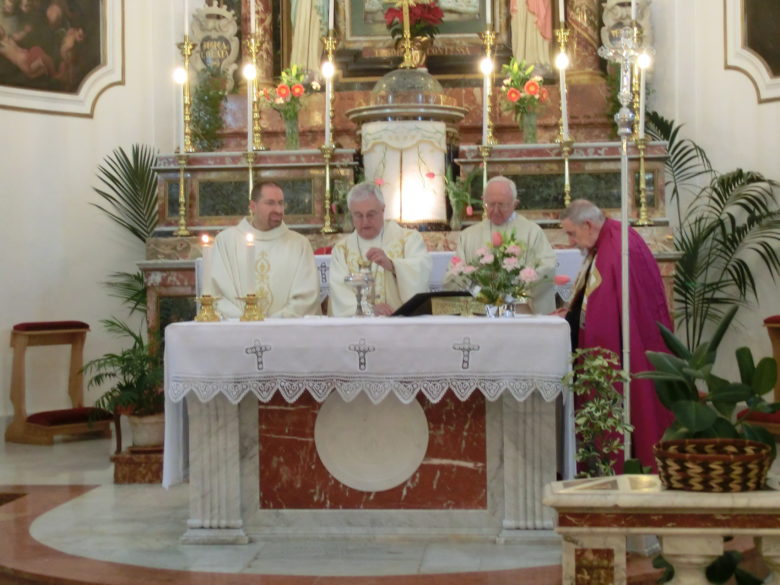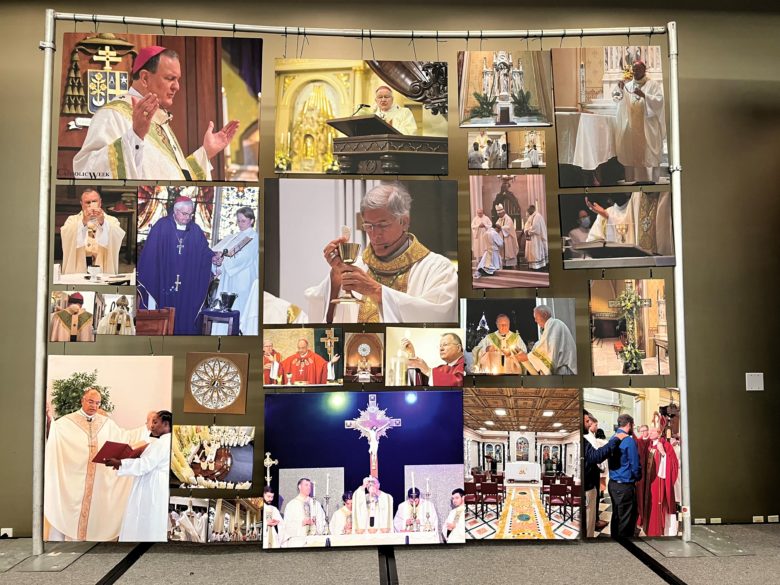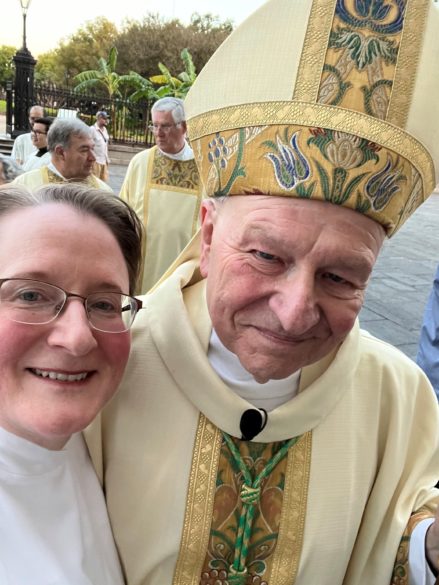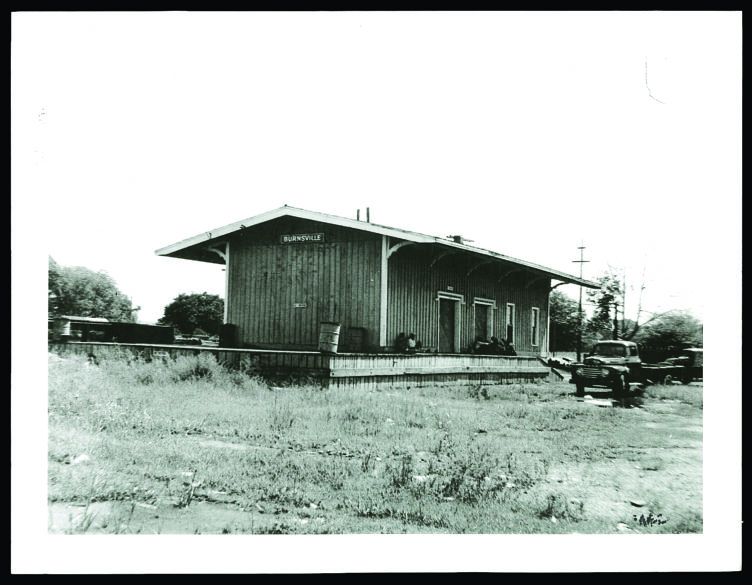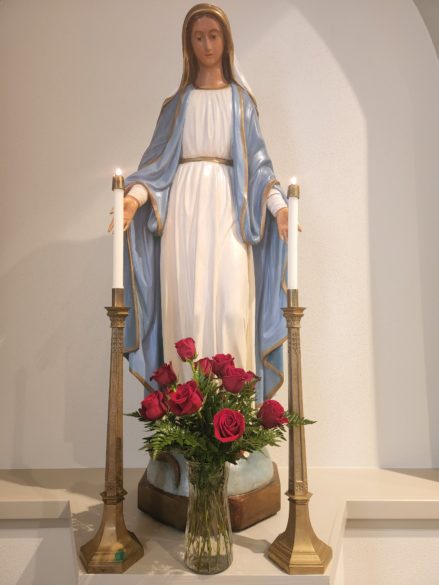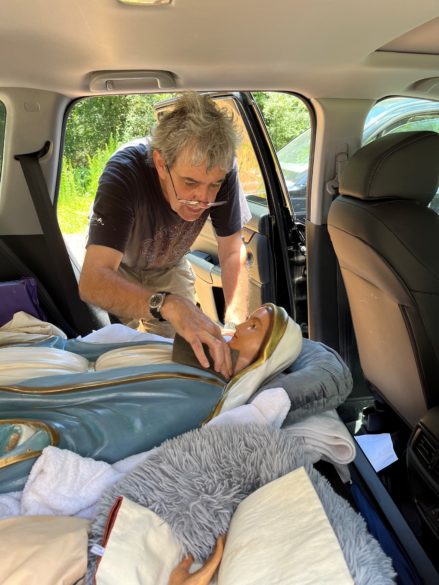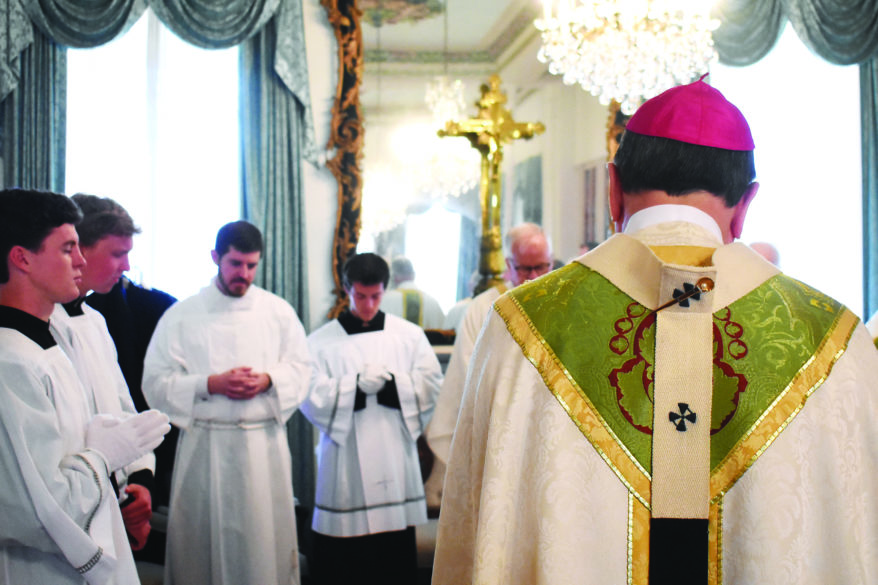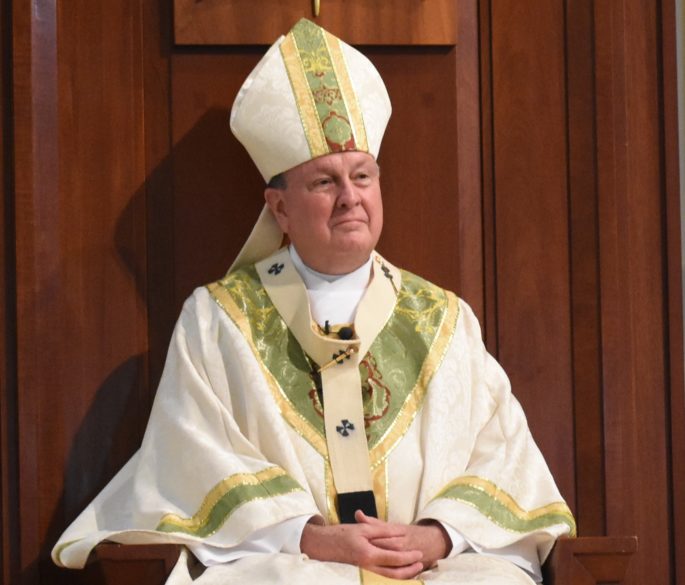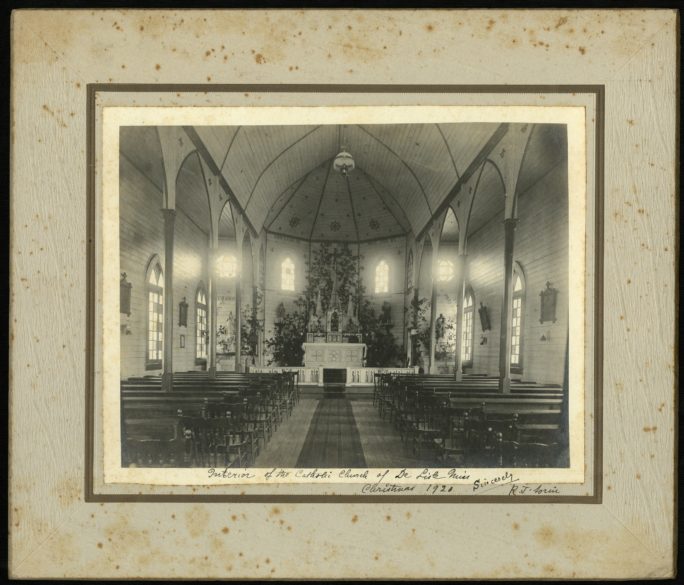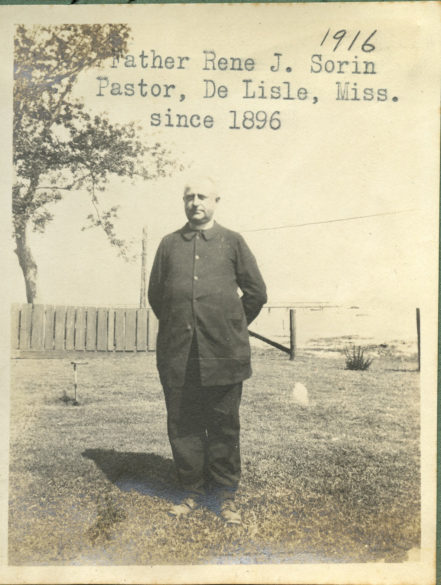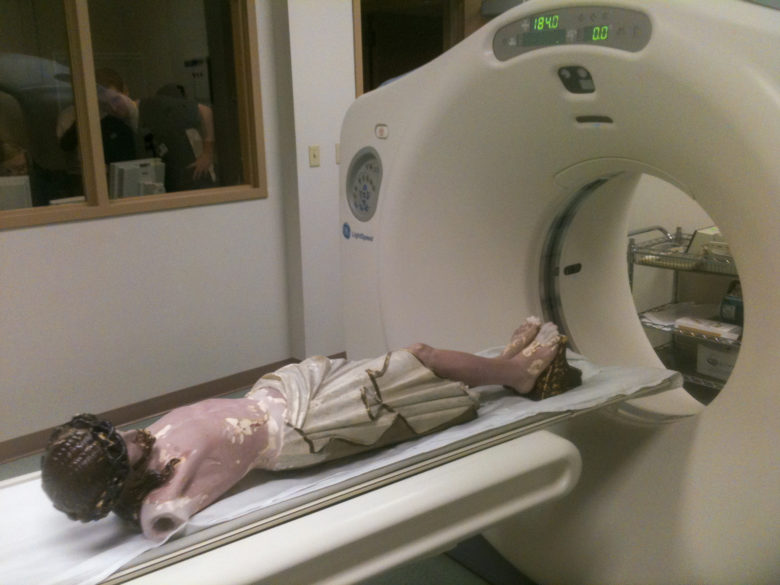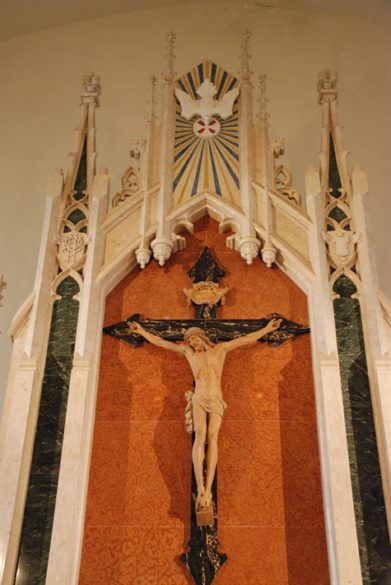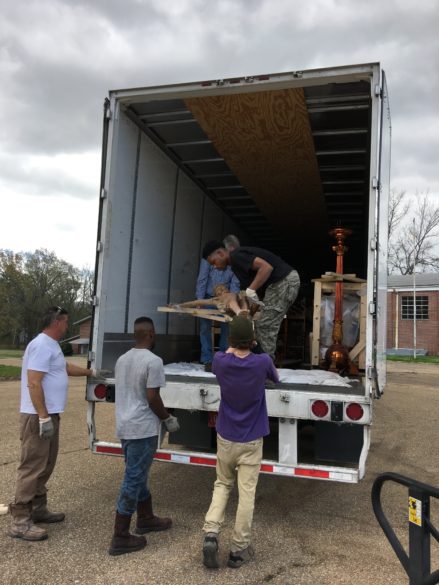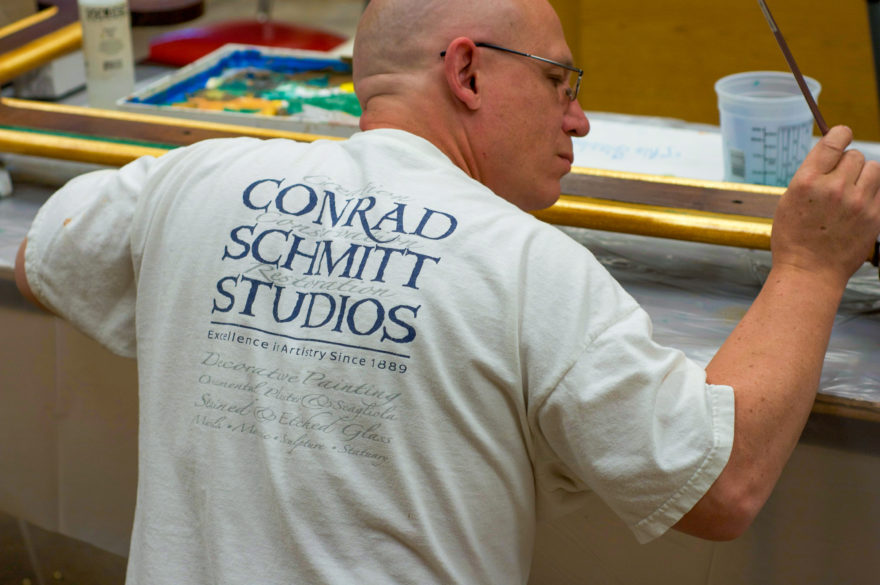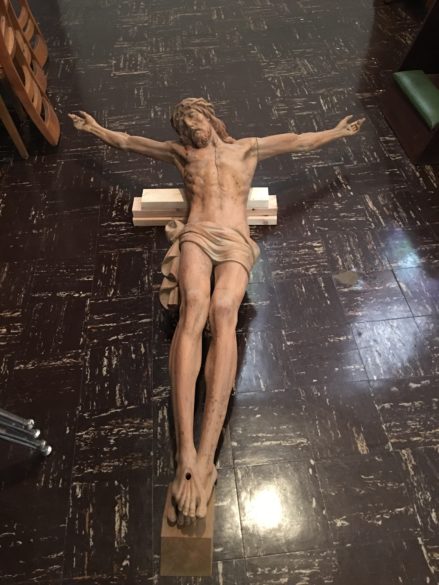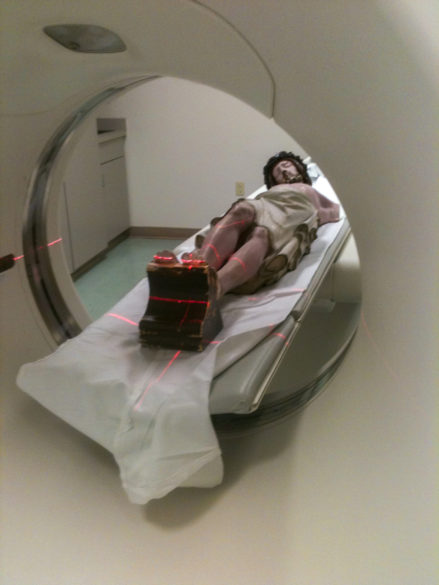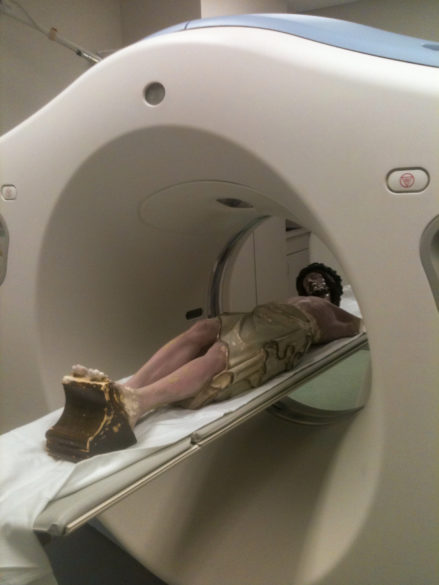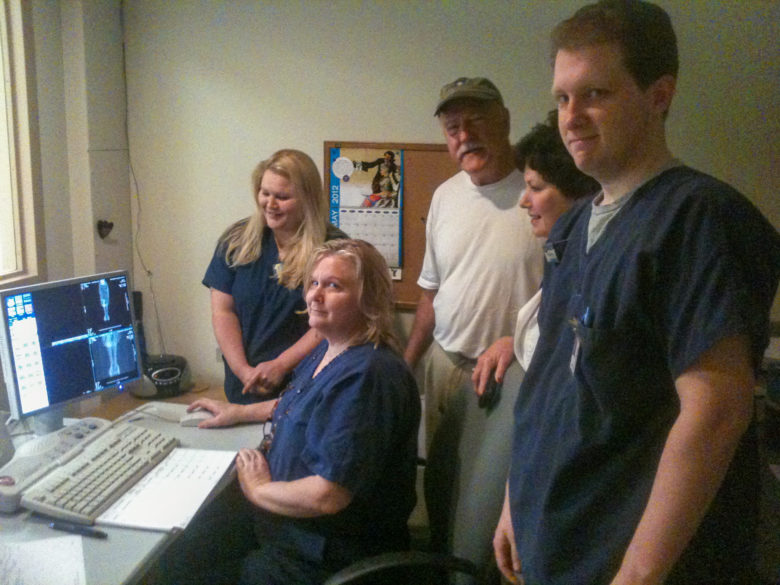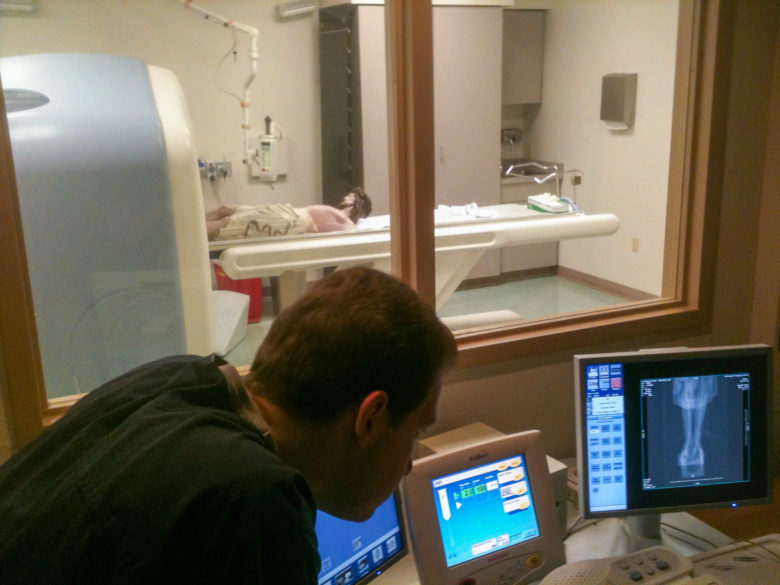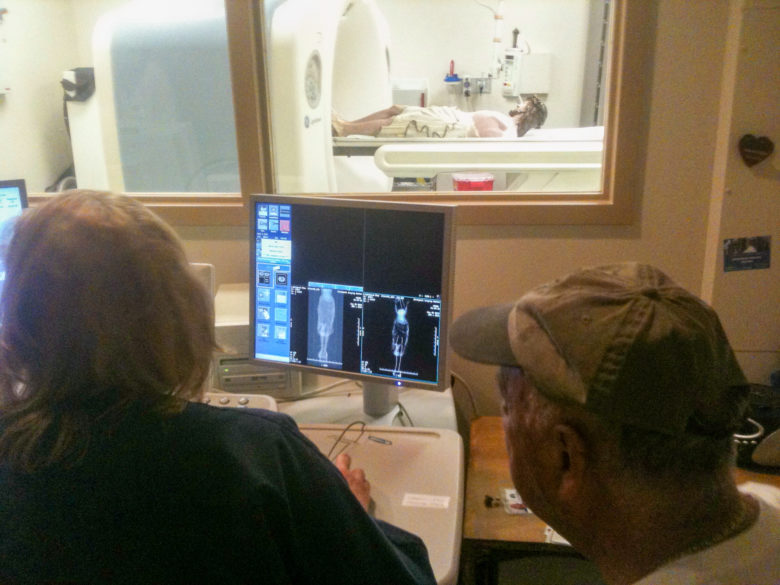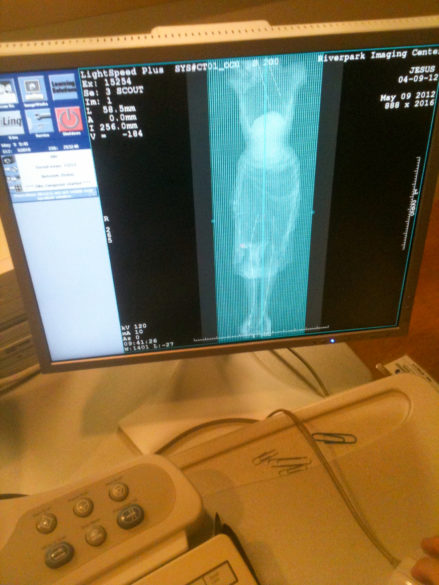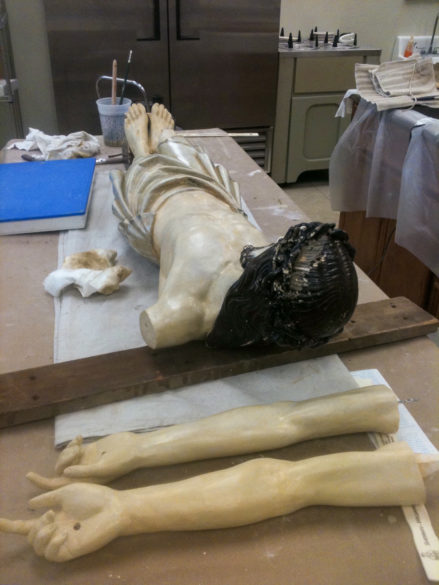From the Archives
By Mary Woodward
JACKSON – Cemeteries are fantastic, visual archives. The history of a community, a church, a family is literally written in stone. In a few short phrases, a person’s life is summed up: “Devoted Mother,” “Beloved Son,” “Christian, Southern Gentleman,” “Faithful Wife.” Often it is a favorite scripture verse such as John 3:16 or a favorite poetry line such as “horseman pass by.”
Servant of God Sister Thea Bowman, FSPA, asked that the words “she tried” be on her tombstone. William Faulkner has “Belove’d Go with God” on his marker. One poignant one I have seen is “In the end it all comes down to one word, Grace.” And we all have that person in our family who warrants the “I told you I was sick” epitaph. As Catholics, we like to see R.I.P. on a grave for requiescat in pace or rest in peace.
Currently, the chancellor’s office is assisting in an inventory of Catholic cemeteries in the diocese. We have a listing of all the parish connected cemeteries, but often when a chapel or mission church closed decades ago, small cemeteries can be left off of the registry. We welcome any information on these locations.
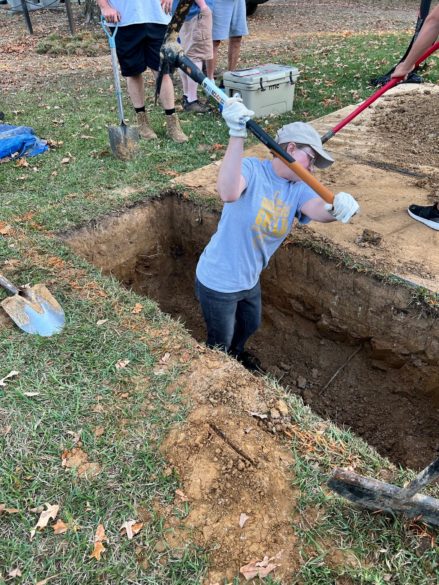
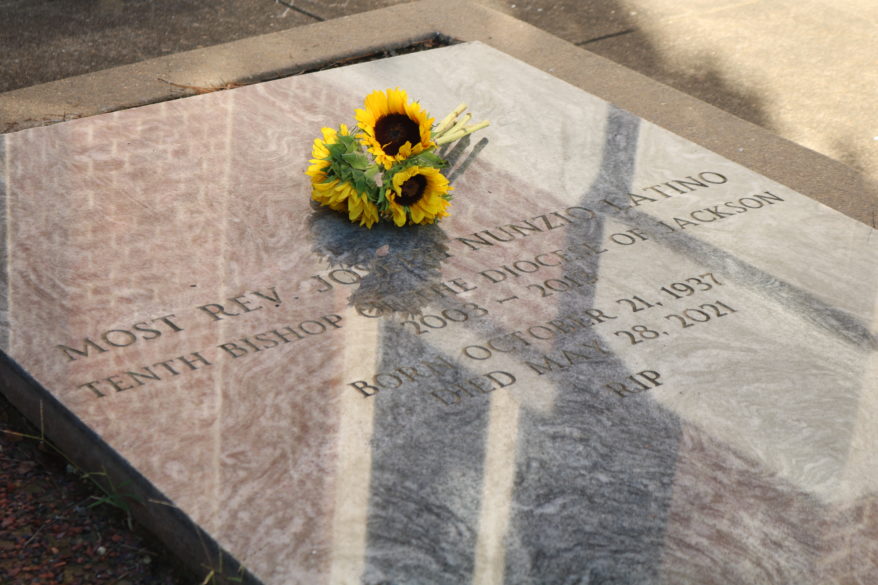
JACKSON – Mary Woodward uses a pickaxe to assist in digging a grave at Chapel of the Cross Episcopal Church in Madison County. On left, Woodward left Bishop Joseph Latino’s favorite flower on his gravesite in the Bishops’ Cemetery next to the Cathedral of St. Peter the Apostle in Jackson. (Photos courtesy of Mary Woodward and Joanna Puddister King)
In our diocese, we have several Catholic cemeteries dating back to the early 1800s. Paulding St. Michael, the second oldest parish in the entire state, has a beautiful cemetery filled with founding family members. There is a forest of bamboo standing 30-feet high that surrounds much of the back of the cemetery. Not long ago, St. Michael parishioners with the advice of Mississippi State’s Extension Service invested in a barrier to keep the bamboo from spreading farther into graves. They also built a fence around the graveyard to keep the occasional nocturnal burial from occurring as can happen in small country cemeteries.
It is fitting we are doing this during the month of November. November is the month to remember the dead in our Catholic faith. It opens with the Solemnity of All Saints where we honor all those ordinary people in our lives who were saints to us. The next day is All Souls in which we honor the dead and, in many traditions, decorate graves and have picnics in cemeteries.
The Bishops’ Cemetery on the Cathedral grounds is right across the street from the Chancery. Each year we place flowers on the graves of Bishops Richard Gerow, Joseph Brunini, William Houck and Joseph Latino. This year, as we positioned the roses and sunflowers, I was able to reflect on these men and the act of assisting in burying three of the four.
Because of the location and design of the Bishops’ Cemetery, the graves are hand dug. This is a very arduous task which takes a team of gravediggers many hours to complete.
Burying the dead is a corporal work of mercy and we all have in some way participated in burying the dead by planning funerals, being present for the family, celebrating the funeral Mass, bringing food to the repast. But actually digging the grave with a shovel and pickaxe is a profound way to fully immerse oneself in the act of mercy.
Recently, I participated in two such acts. My brother is head of the gravedigger’s guild at Chapel of the Cross Episcopal Church in Madison County. He invited me to join in for a dig in August and then again last week.
The cemetery at the Chapel dates back to the mid-1800s and is on a serene piece of property off Hwy 463. The congregation has never allowed equipment onto the property to dig graves. All the graves have been hand dug and the guild coordinates the digging. It is seen as a unique ministry to the family of the deceased – an act of love.
My brother had marked the grave and at 4 p.m., the top sod was removed and set aside, then the team began making its way through soil, clay, roots and the occasional brick down into the cool, damp earth. The shovel crew would give way to the pickaxe crew, who would break up a few more inches of terra firma for the shovellers to get back in and remove. Eventually there is room for only one in the grave at a time. All stand around in support waiting to relieve the current digger by pulling her/him out and the next digger goes in.
This past week, as we dug down to the target depth, the family of the deceased, along with those who had come to pay their respects at the wake service, ventured over to the dig bringing food for the guild and chairs to watch the completion of act. Family members even participated in helping to dig, climbing down into the grave of their loved one and shoveling out clay.
At the end of the dig, the grave was blessed, and libations were passed around in a shared bottle as the deceased was toasted by the team and the gathered assembly. All of this took place under God’s watchful November sky.
As we continue this journey through the month of the dead and we pray for our deceased loved ones, let us be reminded of the sacred places where we bury our family and friends. These are true archives of our communal life and of lives well-lived awaiting the resurrection of the dead – a collection of short epithets giving a permanent record of and an eternal glimpse into those lives.
(Mary Woodward is Chancellor and Archivist for the Diocese of Jackson.)

